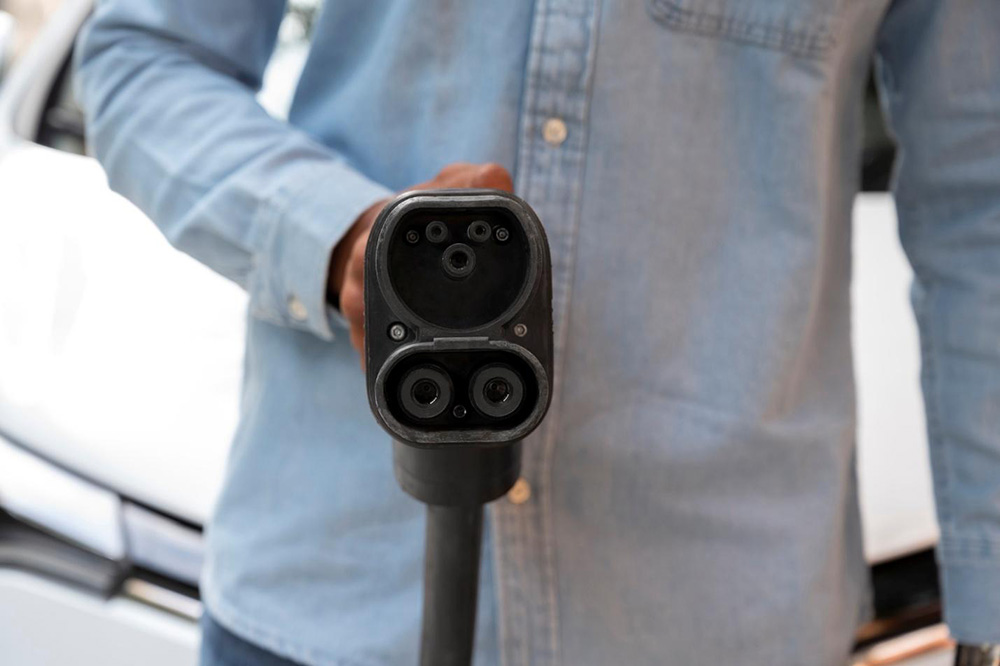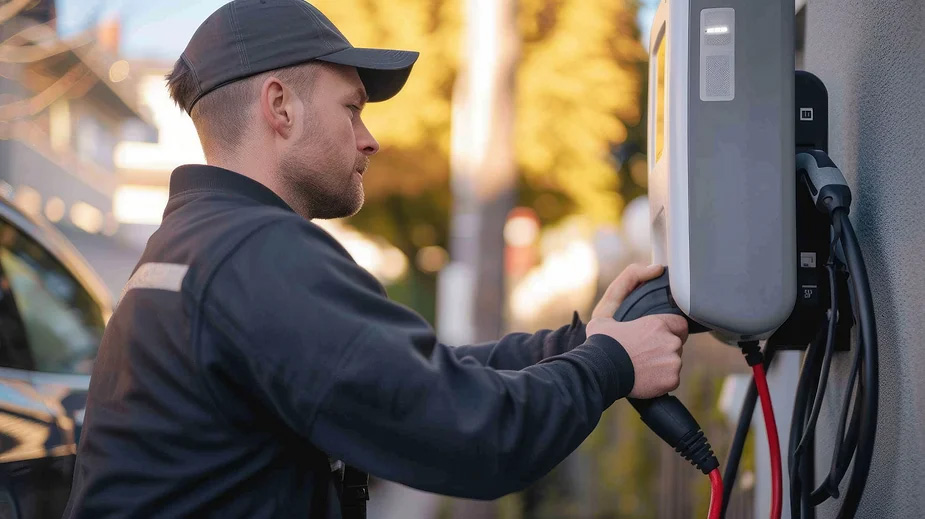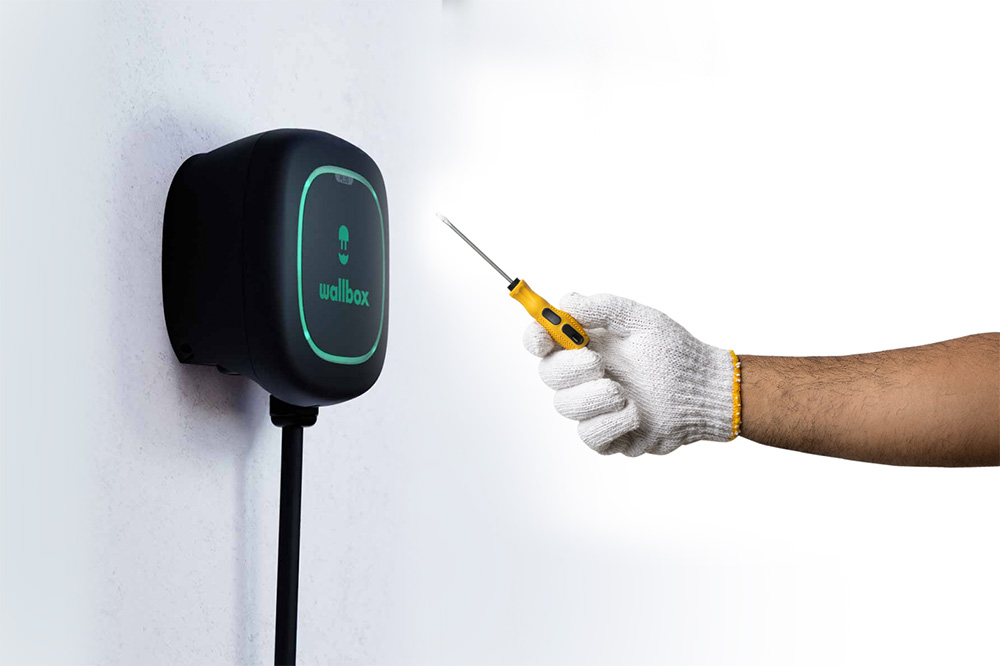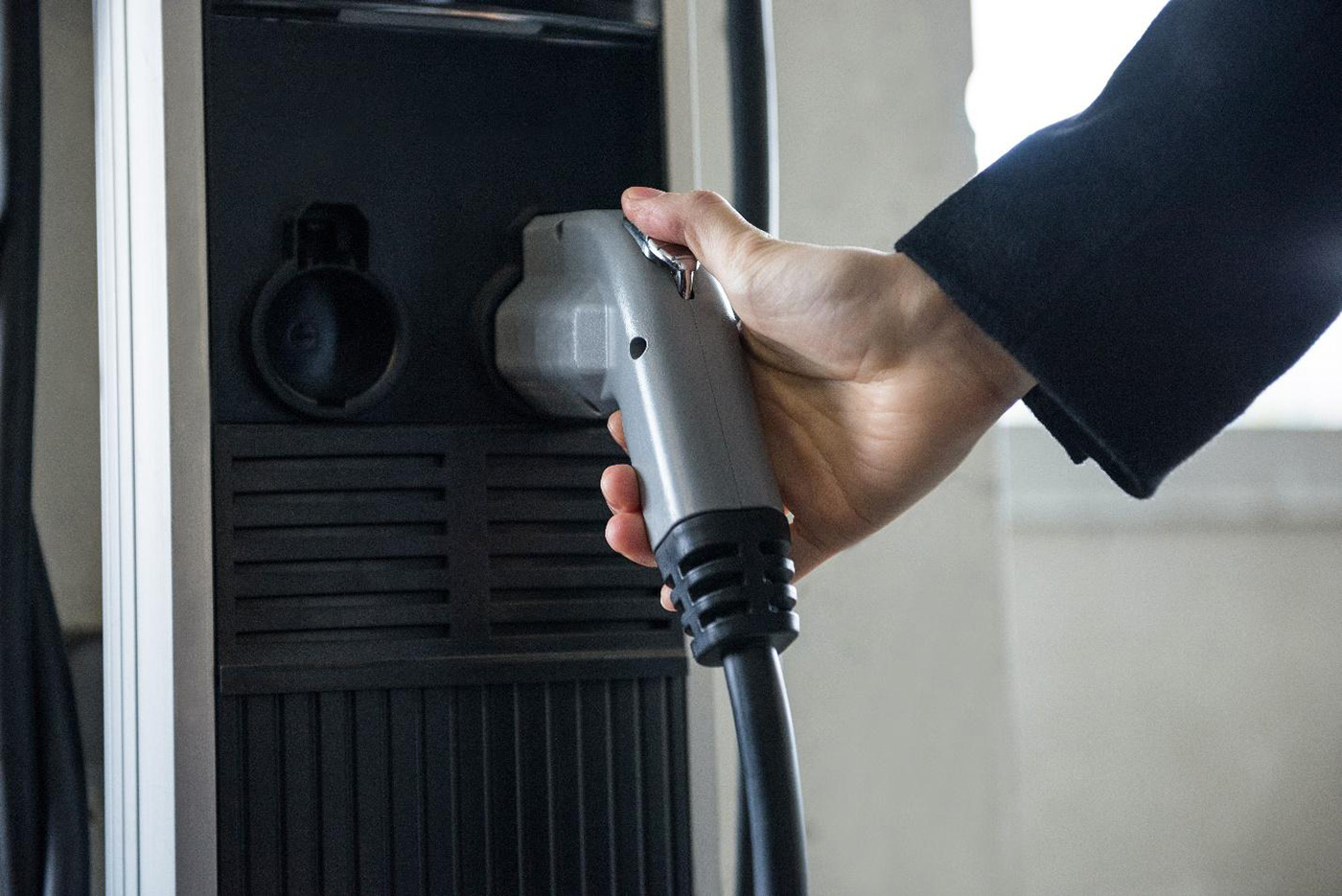Summary
Regular maintenance of your electric wall charger and EV station is essential for building range confidence and optimizing customer satisfaction. This will, in turn, boost your business reputation and long-term success. This article examines the key components of an EV charging station, everyday issues that necessitate repair, the importance of regular maintenance, and tips for proactive repairs.
Table of Contents
Introduction
Properly functioning electric wall chargers and stations are crucial for the convenience and efficiency of electric vehicles (EVs). A malfunctioning charger or station can lead to frustrating downtime, decreased charging speeds, and even safety hazards for your employees and customers.
To ensure hassle-free charging and maintain the performance of electric wall chargers and EV stations, you must invest in regular maintenance. Tercero Inc. offers extensive EV charging services, including charger maintenance and installation. This article examines the importance of regular EV wall charger repair, common issues with EV chargers, and when to call an expert.
Whether you are a station manager or own a charging station, this article will help you spot potential problems before they become significant, improve the quality of your service, and enhance customer and employee safety.
Key Components of an EV Wall Charger and Charging Station
1. Power Supply
The power supply is one of the main components of electric wall chargers. It converts the grid’s AC or DC electrical power into the appropriate voltage and current to charge the EV battery. The power supply typically consists of a transformer, rectifier, and control circuitry.
There are two types of power supply used in EV charging. They are:
- AC (Alternating Current) power supply: This power supply is used by level 1 and level 2 chargers. The chargers take AC power from the grid and convert it to the correct voltage and current your battery needs to charge.
- DC (Direct Current) power supply: This power supply is used by DC fast chargers. The chargers take high-voltage DC power from the grid and convert it into the voltage and current your electric vehicle needs to charge.
Any fault to the power supply can affect charging speed and damage your battery. It can also constitute a grave danger to employees and customers.
2. Connectors

EV charger connectors ensure that your battery gets the electric power it needs. They are plugged into your vehicle’s charging ports and an electric socket. The connectors charge your battery through small pins, which create a pathway through which electric current passes. The pins are designed to handle high amounts of electric current without getting hot.
There are different types of different types of connectors used for EV charging. They are:
- Type 1 (SAE J1772): This connector has five pins and is commonly found in North America and Japan. Its relatively low power rating (handling up to 16 amps) makes it more suitable for slow and medium-speed charging.
- Type 2 (IEC 62196): This connector has seven pins. It has a higher electric power rating (handling up to 43 kW) and is suitable for a faster charging experience. The type 2 connectors are commonly used in Europe and Australia.
- CHAdeMO: This connector has a distinctive “gun” shape. It can handle up to 62.5 kW of power, making it highly suitable for DC fast chargers. The CHAdeMO connector is commonly used in Japan.
- Combined Charging System (CCS): This connector combines the type 2 AC connector with two additional DC pins. It can handle up to 350 kW and is suitable for a faster and more stable charging experience.
Most electric vehicles have a built-in connector that fits your region’s standards, but some models allow you to switch between connector types. When choosing a connector, ensure it is compatible with your charging needs and battery specifications.
3. Charging Cable
The charging cable is the line that connects and carries electric current from the electric wall charger to the EV’s battery. It consists of the connector that attaches to the EV and the cable itself. The cable is made of high-strength materials like aluminum and copper to withstand the weight of various EVs.
Several types of EV charging cables are available. The kind you need will depend on your vehicle’s make and model. Type 1 cables are commonly used in North America and Japan, while type 2 cables are popular in Europe.
4. Control Board
The control board is your charging station’s central processing unit (CPU). It manages the charging process and ensures the EV battery is not overwhelmed by the current it receives. A well-designed control board is essential for a charging station’s safety, efficiency, and reliability. Its sub-components include a microcontroller, voltage and current sensors, relays and contactors, a communication interface, and more.
5. Smart Features
Smart features in EV chargers enhance convenience and functionality. Some examples of smart features in EV chargers include mobile apps, touchscreen, RFID card readers, and more.
Importance of Regular EV Wall Charger Maintenance

Like any technology, maintaining your EV wall charger is very important. Here are some reasons why:
1. Optimal Performance
Regular maintenance ensures that your EV charger operates at optimal capacity. This not only results in a faster and more efficient charge but also in a more efficient use of electricity.
2. Safety
Chargers, especially those used frequently, will acquire wear and tear, making them a safety hazard if they are not properly maintained. Issues like frayed cables or loose connections can cause electric shocks or fire outbreaks.
3. Longevity
EV chargers are built to last, but regular maintenance can significantly prolong their lifespan. Overlooking minor issues can lead to more significant problems, necessitating costly repairs and replacements.
4. Cost Efficiency
Proactive maintenance helps identify and fix minor issues before they become more significant and expensive problems.
5. Peace of Mind
Regular maintenance gives you comfort and peace of mind, knowing your charger is in good condition, especially when going on a long trip.
Common Issues Requiring EV Charger Repair
Some of the most common signs that your electric wall charger requires repair and maintenance are:
1. External Damage
Any damage to the body of your EV charger can affect charging efficiency and compromise the safety of persons and property.
2. Exposed Wiring
The wiring is supposed to be inside the charging cable. If it is outside, you should get it fixed immediately, as it constitutes a safety hazard.
3. Slow Charging Speed
If your charger takes longer to charge thank it used to, it is best to call for an inspection.
EV Charging Station Maintenance Checklist
1. Daily or Weekly Maintenance Tasks
Here are some daily and weekly tasks to help keep your EV charger in good working condition:
- Visual Inspection: Check the charger for damage, corrosion, and other wear and tear signs.
- Cleanliness: Ensure the charger and surrounding areas are free of dirt, dust, and moisture.
- Software Updates: Check for available software updates and apply them as necessary to ensure your charger remains compatible with evolving charging needs.
2. Monthly or Quarterly Checks
Here are some monthly and quarterly checks to keep your EV charger in good working condition:
- Cable and Connector Inspection: Inspect charging cables for signs of wear, damage, or corrosion.
- Charger Firmware Updates: Check for available firmware updates and apply them to ensure you stay up-to-date with evolving safety and industry regulations.
- Charger Calibration: Verify the charger is properly calibrated and functioning within the manufacturer’s rules.
3. Annual Maintenance Tasks
Here are some yearly maintenance tasks for your EV charging station:
- Arc Fault Detection: Verify the charger’s arc fault detection system is functioning correctly.
- Ground Fault Protection: Test the charger’s ground fault protection system to ensure it’s working correctly.
- Electrical Connections: Inspect and tighten all electrical connections to prevent loose connections.
When to Call for EV Charging Station Repair Services

You should call for professional repair services for the following EV issues:
- Electrical shock or fire
- Complete loss of power
- Overheating
- Slow charging
- Charging errors
- Visible damage
- Cable damage
- Connect issues
If you experience any of these issues, calling and scheduling electric wall charger repair services is always best.
Tips for Proactive Maintenance
1. Regular Inspections
Set a routine to inspect your charging station for signs of wear and tear, damage, and corrosion. Often times this can be done remotely.
2. Software and Firmware Updates
Regularly check the manufacturer’s website for updates and apply them as soon as they become available.
3. Cleanliness
Keep the area around the EV charger and charging station free of dust, debris, dirt, and other substances that can affect the charger’s efficiency or cause damage.
Conclusion
Regular electric wall charger repair is crucial to ensuring the safe, efficient, and reliable operation of EV charging stations. By performing daily, weekly, and yearly maintenance, you can prevent unexpected downtime, ensure safety, and optimize charging performance. Contact Tercero Inc. for a free quote to schedule regular EV charging inspections and maintenance today.
FAQs
You should inspect your EV charging station every 1-3 months but can also monitor it more frequently remotely.
Check the cables, connectors, and other components of your electric car charger for signs of wear, damage, and corrosion.
Updates ensure compatibility with new vehicles, network protocols, and security patches.
Regularly inspect cables and connections, ensure proper installation, and follow safety guidelines.
Check the power source, ensure proper installation, and consult the user manual or manufacturer’s support. If you are not able to figure it out on your own, it is best to call in the experts like Tercero Inc.

